If you’ve followed our recent articles on the Nikon Z7, you know that I’ve had one for a while now and that I’ve been testing it in all sorts of situations and scenarios.
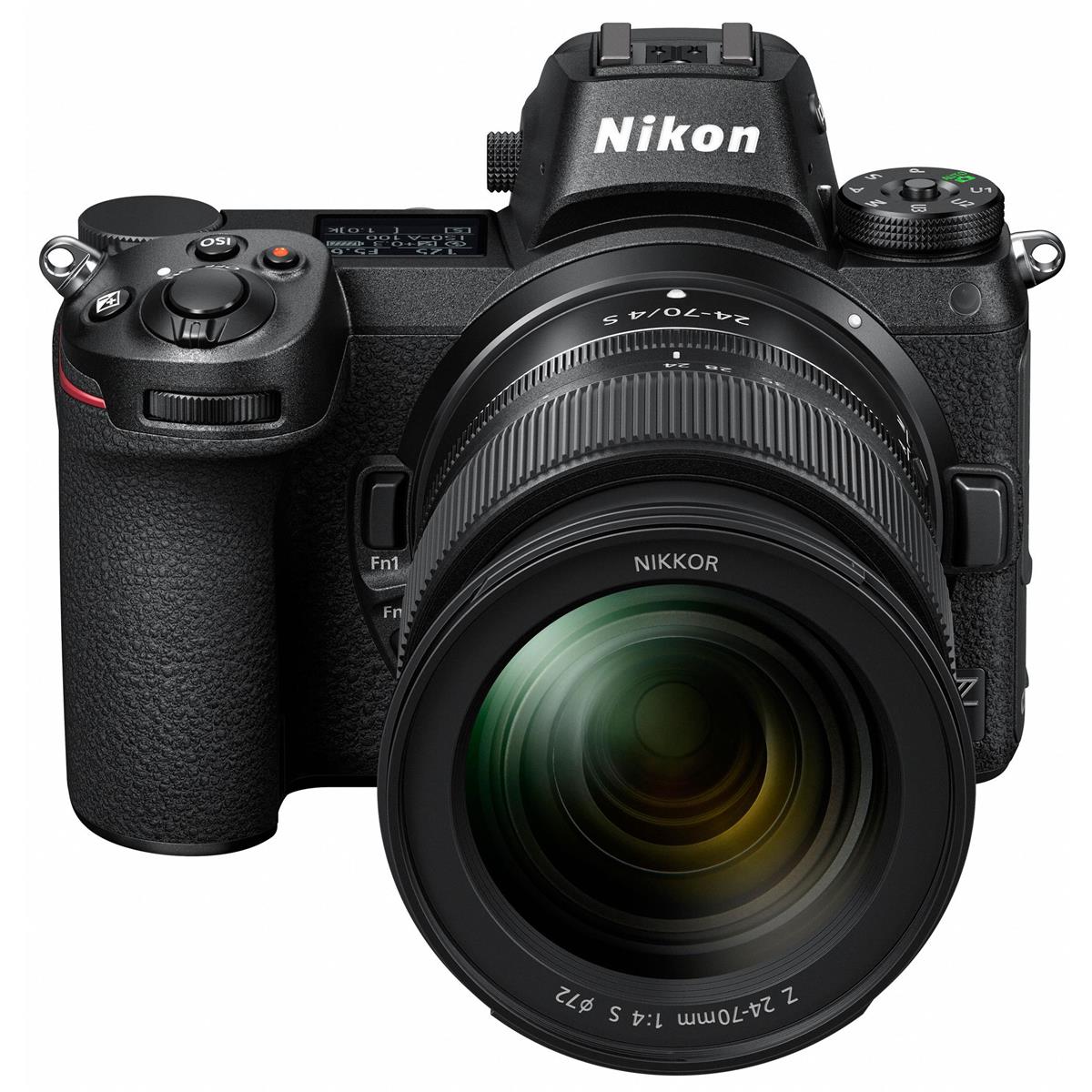
But those of you that know me know that landscapes are my first love, so more than anything, I’ve wanted to put the Nikon Z7 through its paces in the landscape realm.
Unsurprisingly, it’s been awesome.
In fact, I’ve given it the title of “Nikon Z7 landscape photography workhorse” because it truly has been a badass, hard-core camera in every single landscape photography situation I’ve been in.
Check out my real world review of the Nikon Z7 above. Below, let’s discuss some of the best Nikon Z7 features for landscape photography!
First Things First: Nikon Z7 Review

Since I’m focusing on the Nikon Z7’s performance regarding landscapes, I won’t be discussing all of its features.
For that, you can head over to my Nikon Z7 Hands-On Review to get the scoop.
Like any camera, the Z7 has its overall strengths and weaknesses.
But, in my testing of the Z7, I can tell you that - landscapes or otherwise - this camera has impressed, especially given that its Nikon’s first foray into mirrorless cameras.
The wait for the Z7 (and the Z6) to arrive was agonizing for Nikon shooters like myself, but man, it was worth the wait!
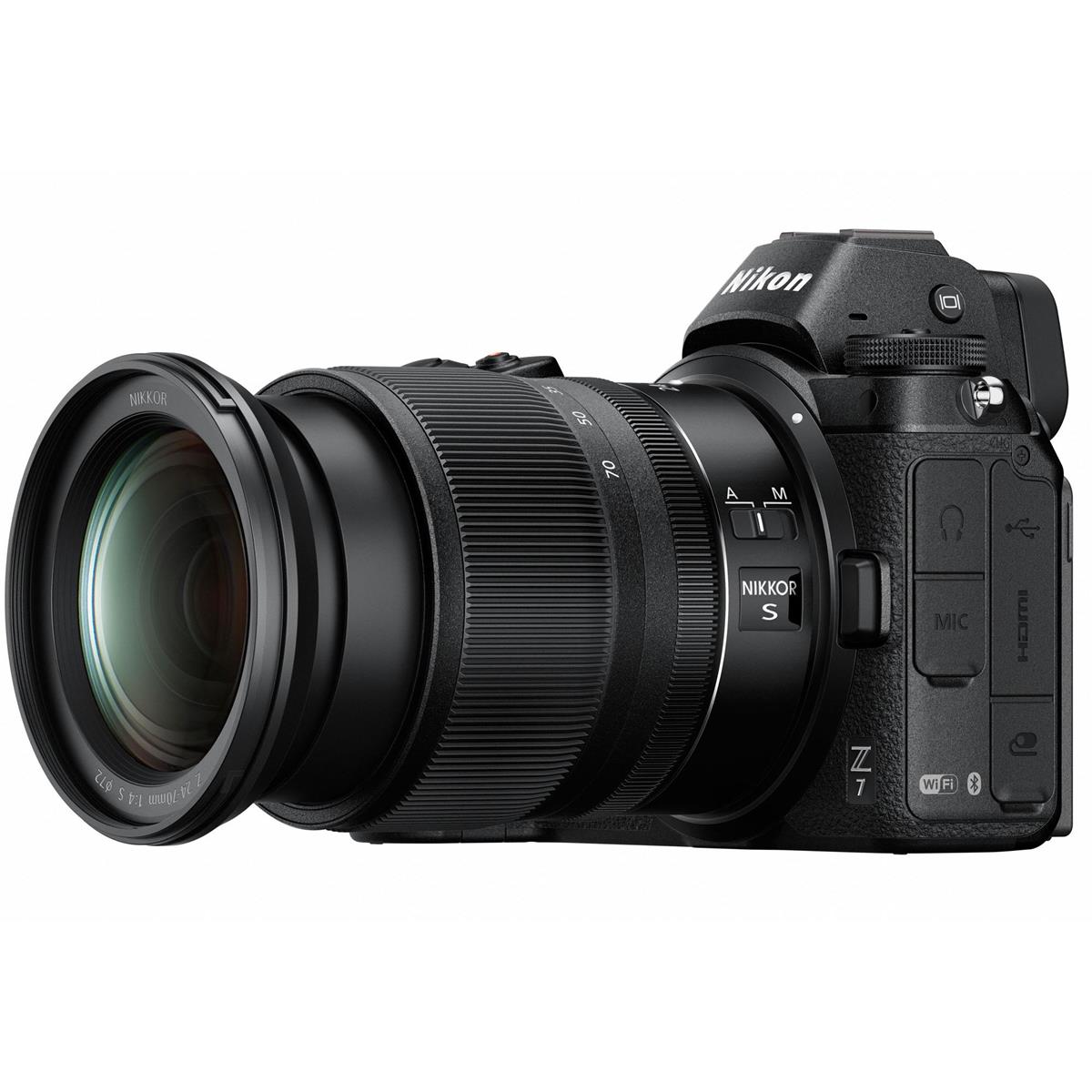
I’ve gushed over the years about my Nikon D850 and how great it is for landscape photography. But the more I use the Z7, the more I realize that it’s an even more capable landscape photography camera than the D850.
Part of the reason for this is that the Z7’s strengths - which I explain in the sections below - are particularly well-suited for landscapes. Meanwhile, its weaknesses aren’t particularly important for landscapes, so it’s really a perfect storm!
Nikon Z7 Landscape Photography Handling

The first thing I want to explore regarding the Nikon Z7 landscape photography features is simply how the camera handles.
As I mentioned above, I also have a D850, and that was my primary landscape photography camera before the Z7 came along.
Part of what makes the Z7 so great is that it borrows heavily from the D850’s design, so the handling is familiar and comfortable.
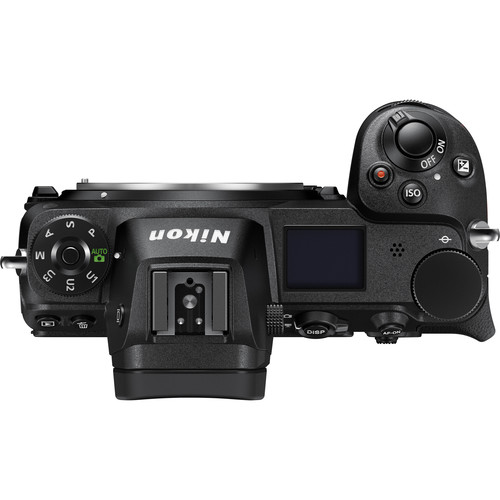
From an ergonomic standpoint, the Z7 is comfortable in the hand. Its grip is nice and chunky - just like the D850’s - and it’s easy to handhold, even when your hands are freezing (as mine were in Norway this winter).
The button layout isn’t exactly the same as the D850, but Nikon did a great job with the design of the Z7 to ensure that it has an intuitive layout that’s fresh yet is still familiar for Nikon DSLR shooters like me.
Add in the lightweight design of the Z7, and you have a scenario in which it handles better than the D850 when you’re out and about photographing landscapes.
Nikon Z7 Landscape Photography Live View

Comparing the live view capabilities of the Z7 and the D850, the Z7 wins hands-down.
That’s saying a lot because it’s not like the D850 is a slouch in that department…
What’s more, the Z7 (and the Nikon Z6, for that matter), have LCDs with a 3:2 aspect ratio rather than the more traditional 4:3 aspect ratio. Since this matches the aspect ratio of the photos you take, the LCD seems much, much larger.
This, in turn, makes using live view for composing landscape shots an absolute dream.
Nikon Z7 Landscape Photography Autofocus

Coupled with its larger-than-life view, the Z7 has fantastic live view autofocus.
In particular, with Low-Light autofocus mode, live view focusing on the Z7 is fantastic in low-light conditions, like those I encountered in Norway this winter.
The live view autofocus is both fast and accurate - faster even than the D850, and so accurate that it rivals the results I get when focusing manually. More than that, though, it is consistent from one shooting situation to the next so you can have confidence that the Z7’s live view AF will get the job done no matter the conditions.
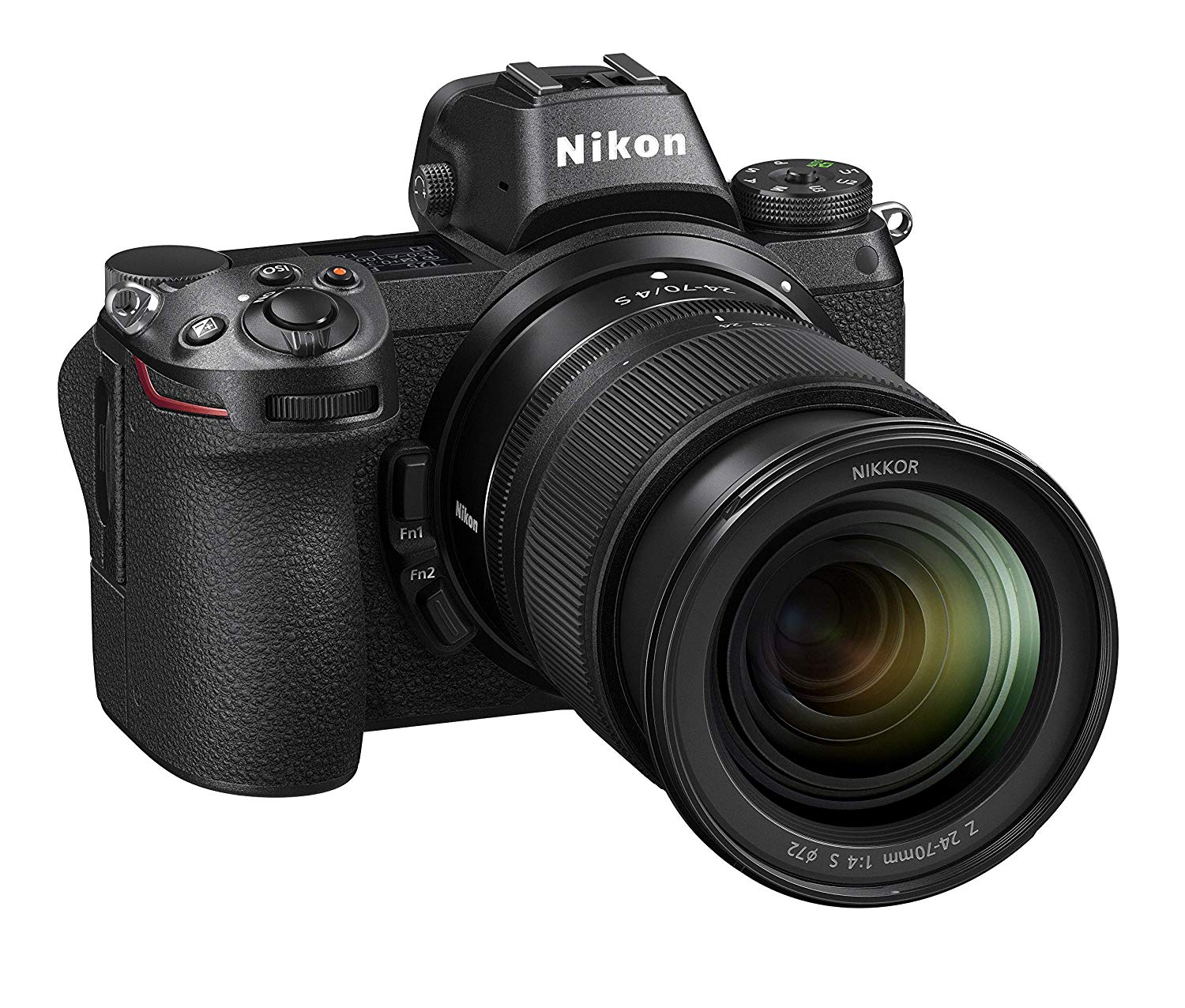
In fact, as a Nikon shooter for many, many years, I can say with the utmost confidence that the Z7 has the best autofocus system Nikon has developed. It’s that good!
The effect of all this, is, of course, that I spend less time dialing in manual focus and more time actually taking photos - all without worry that the images I take using autofocus will have diminished sharpness.
Since most landscape photographers like me use live view anyway, these live view and autofocus features are sure to make even Canon or Sony shooters drool.
Nikon Z7 Landscape Photography Lenses

Of course, a camera is only as good as its lenses, and Nikon certainly hasn’t disappointed with its Z-mount lenses thus far.
I especially love the Z-mount 24-70mm f/4 S, which is a surprise because I also have the F-mount 24-70 f/2.8 VR, which has always been my favorite landscape lens.
However, the Z-mount version is even sharper. And that’s not just at a particular focal length, either. It’s simply sharper throughout all focal lengths. Given the quality of the F-mount 24-70mm lens, that’s saying a lot.
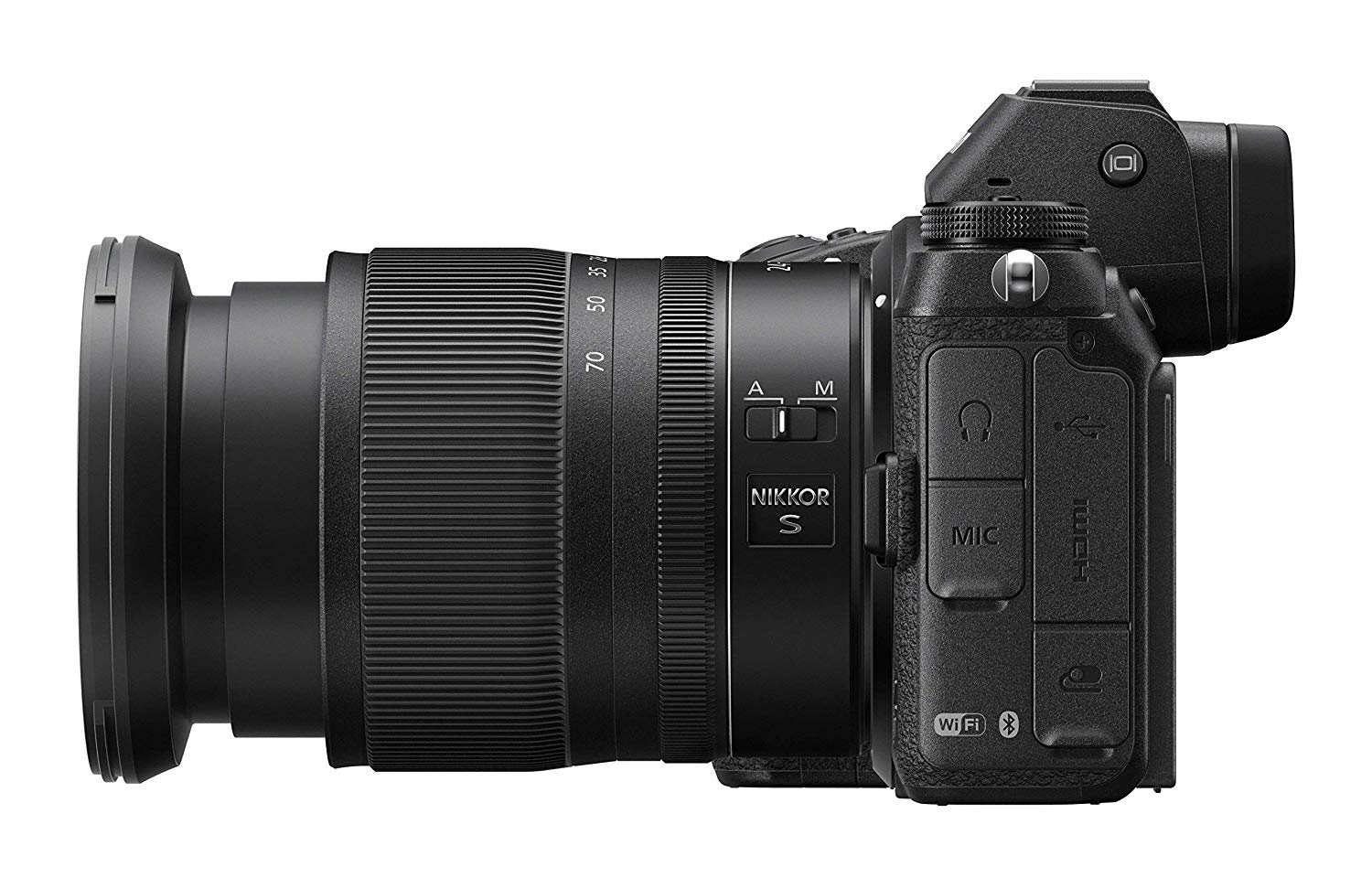
Sure, the Z-mount lens only has an f/4 aperture, but by and large, that isn’t an issue (Nikon has an f/2.8 version of this lens anyway).
Besides, the Z-mount 24-70mm lens weighs little more than one pound (or about half that of the F-mount version), so it’s a perfect weight and size for trekking around looking for the next great landscape shot.
I won’t ramble on about how insane these Z-mount lenses are (I do that here), so just know that they are firing on all cylinders - performance, size, weight, price - these suckers have it!
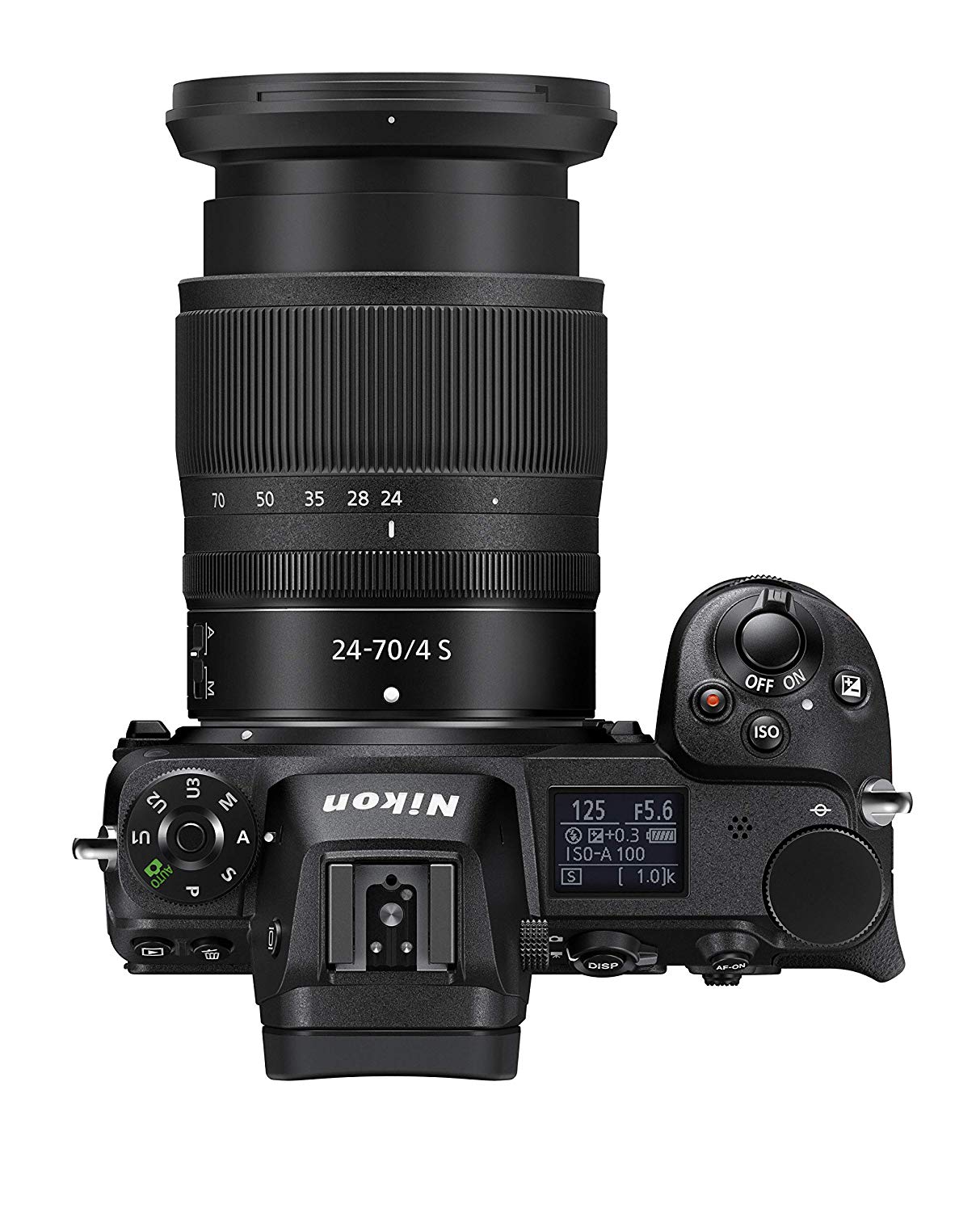
Now, some Nikon enthusiasts have bemoaned the fact that there aren’t more native Z-mount lenses yet. Additionally, I’ve heard some rumblings that the FTZ adapter Nikon developed to allow you to use F-mount lenses on a Z-mount camera isn’t all that great.
However, I’ve had no issues with the FTZ adapter. Sure, it adds bulk and weight, but not so much that I’d throw the Z7 out the window and go back to using my D850.
I’ll admit that autofocusing with the FTZ adapter isn’t what I’d call stellar, but it wasn’t so terrible that I can’t still get quality shots with the Z7 and an older F-mount lens. Besides, to think that an F-mount lens and FTZ adapter can equal the performance of the absolutely insane Z-mount lenses is a pipe dream. I didn’t expect that incredible level of performance, so when I didn’t get it, I wasn’t disappointed.
Nikon Z7 Landscape Photography Workhorse: Final Thoughts
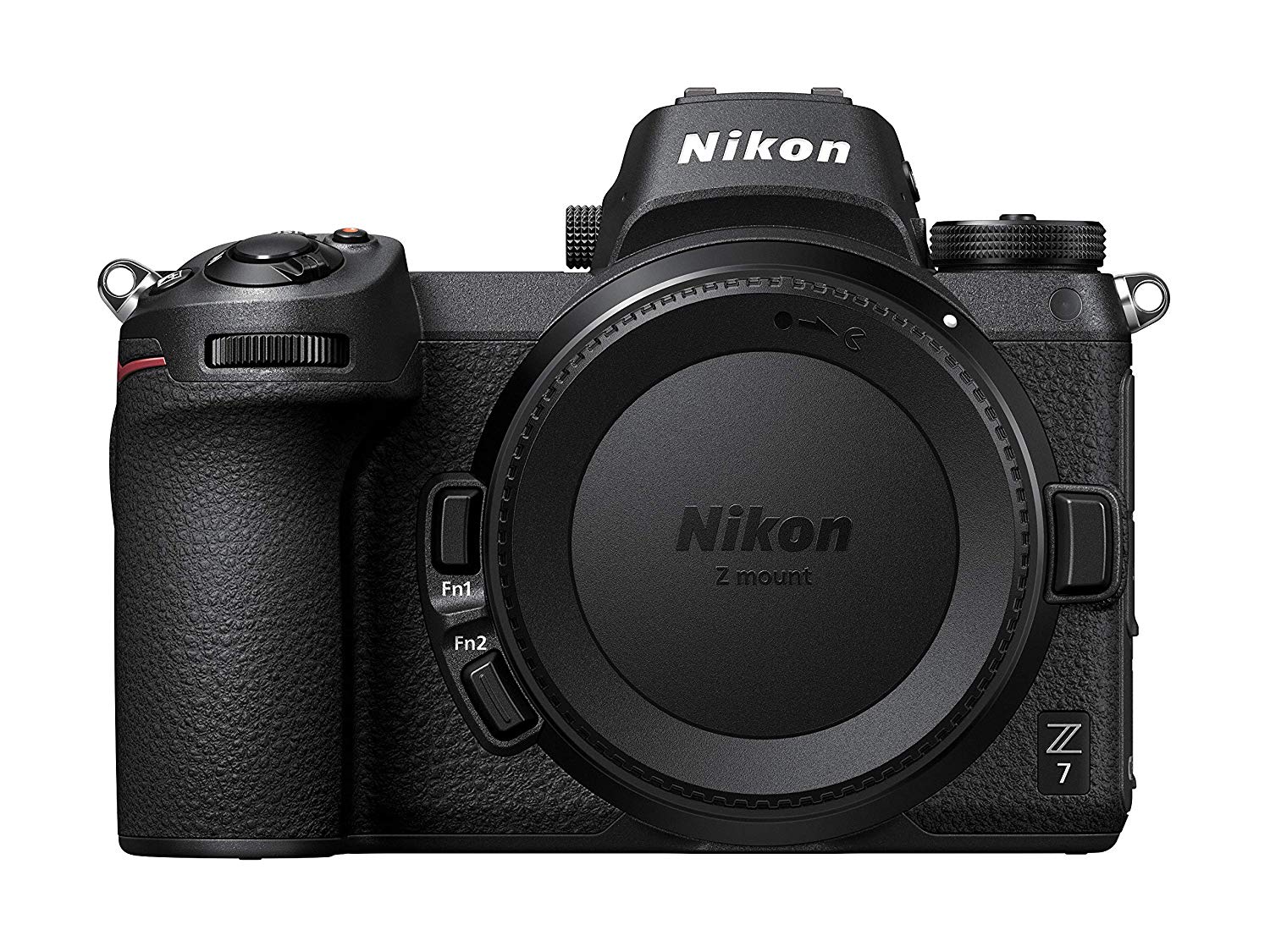
So, let’s recap…
The Z7 handles like a Nikon DSLR, has a better LCD, has the best live view autofocus of any Nikon camera, and its native lenses offer top-shelf performance.
That’s a lot to like!
All of these features come together with the many other incredible features of the Z7 to make it an absolute beast for landscape photography.
The sensor, the ISO performance, the intuitive layout of the controls, and even the battery life have been rockstars in the field. See what I mean in the video below by Ricci Talks:
As I said before, my former landscape rig was a Nikon D850, which honestly is one of the best cameras I’ve ever owned.
But now that the Z7 has come along, at least for landscape photography, it has made the D850 look like a quaint old rig. The Z7 is simply that good.
It isn’t a camera for everyone, that’s for sure. But if you’re in the market for a new landscape-specific camera, I encourage you to give the Z7 a long, hard look.
Pick up a Nikon Z7 (body only) for $2,796.95 or get a Nikon Z7 with a 24-70mm f/4 S lens for $3,396.95.
This blog post about "Nikon Z7 Landscape Photography Workhorse" was first published on our website here https://www.photographytalk.com/nikon-z7-landscape-photography-workhorse